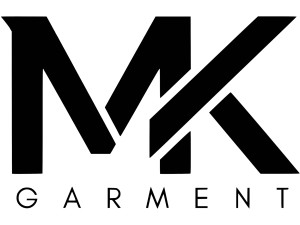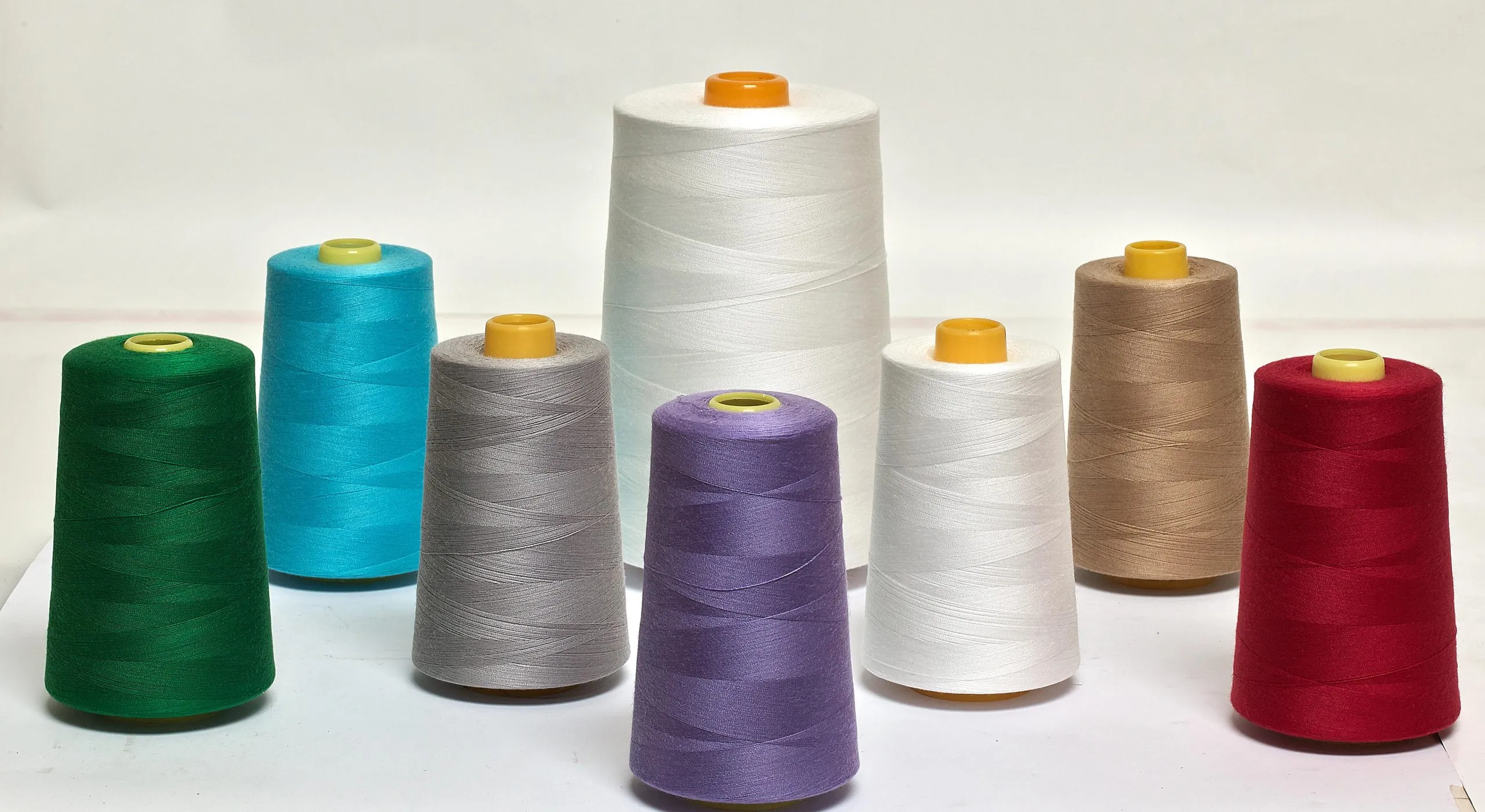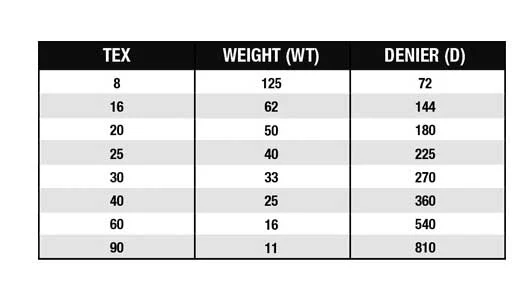
An inverted hourglass has a well-defined waist, with bust and hips close in width. The upper body may look a touch broader, yet your curves stay balanced. Your goal is simple: show the waist, follow your natural lines, and keep structure neat. Think classic shapes, clean seams, and fabrics that skim—not squeeze.
Identifying Your Body Shape
Measure across the fullest point of your bust, the narrowest point of your waist, and the fullest part of your hips (usually 7–9 cm/3–4 inches below the waistline) and compare the numbers. If your bust and hips are within about 1–3 inches of each other and your waist is clearly smaller by several inches, you’re likely looking at an inverted hourglass. Visual clues include shoulder width that reads slightly stronger than your hip line and a noticeable inward curve at the waist.

Fit behavior gives practical confirmation: if wrap dresses and belted styles consistently flatter, if button-downs gape across the bust but sit well at the waist once darted, or if off-the-rack dresses work when the waist is defined, those are reliable signs. Tailoring tests—pinning side seams in at the natural waist or trying a belt at the smallest point—let you see how garments will read on your frame; button gaping or tightness across the bust are common fit issues to note.
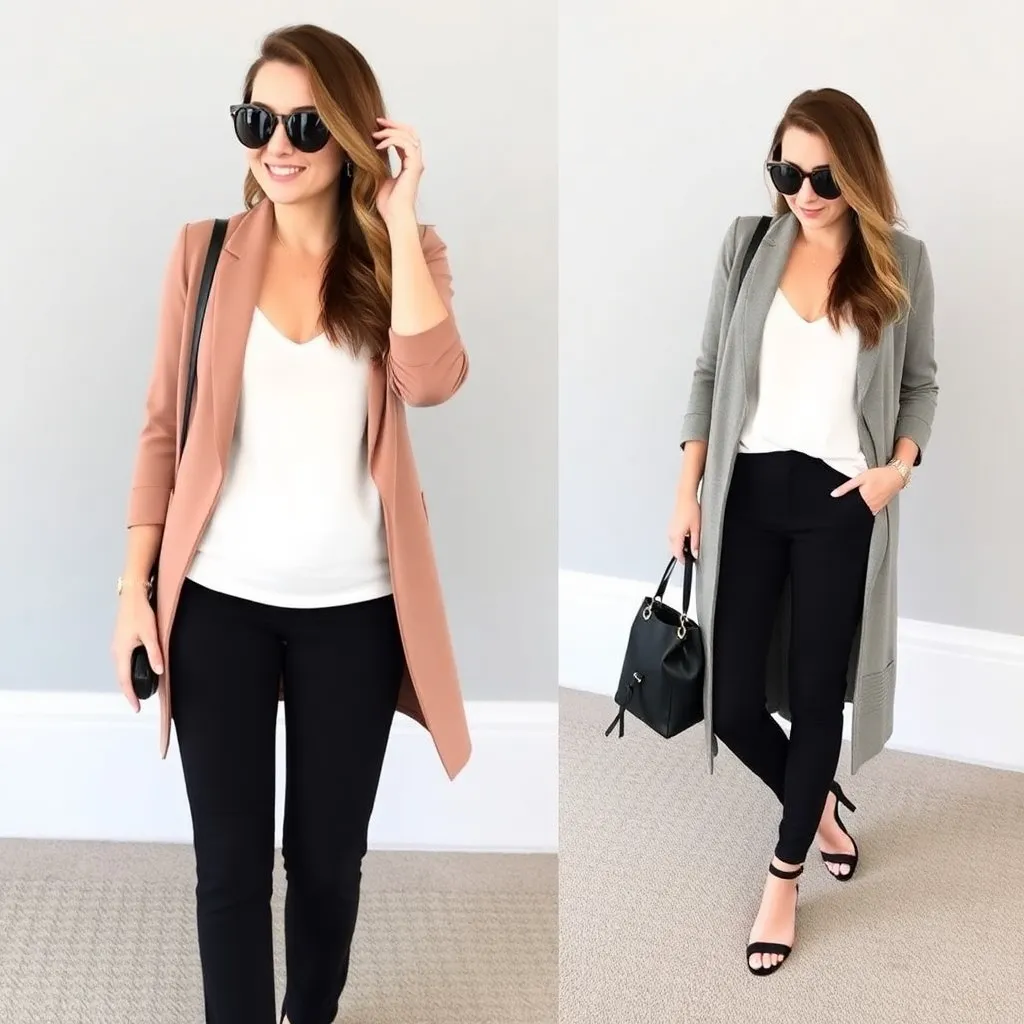
Compare how clothes behave across different garments: straight-cut tops that feel boxy, vs. fitted tops that trace your waist, will reveal whether your shape needs gentle contouring. Try a mid-rise pant that meets your natural waist—if it aligns with the narrowest point and creates a smooth transition to your hip, that fit reinforces the inverted hourglass profile.
How to Know If You’re Inverted Hourglass:
- Bust ≈ hips, with a clear waist.
- Your frame looks balanced and curvy from shoulder to hip.
- Many dresses fit off the rack once the waist is defined.
- Tops can feel snug at the bust if the waist is too straight.
- You look best when clothes trace your shape without bulk.
Core Styling Goals
Place belts and waist treatments at your natural waist — roughly 1–2 inches (2–5 cm) above the navel — so garments trace the narrowest point of your torso. Opt for belt widths that suit the look: 1–2 inches (2.5–5 cm) for everyday tops and tailored jackets, and 3–4 inches (7–10 cm) for dresses or statement outerwear that need a stronger cinch. Wraps, surplice fronts and peplums all create a defined centerline without adding bulk to hips.
- Highlight the waist with belts, darts, and wrap shapes.
- Follow your curves with gentle tailoring.
- Keep shoulders refined and hips clean.
- Use mid- to high-rise bottoms to support the waist.
- Choose classic cuts that never fight your lines.
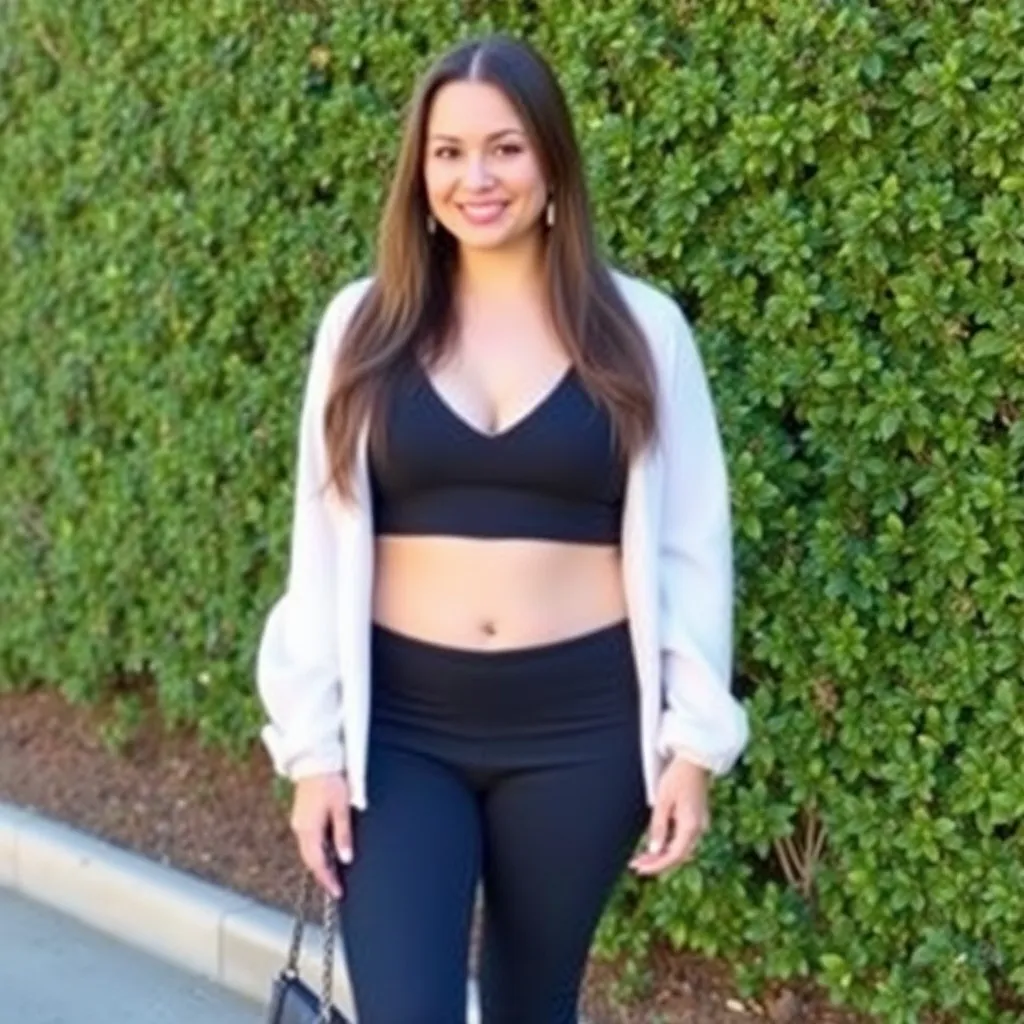
Use built-in shaping—darts, princess seams and waist panels—on tops and dresses to lock in the silhouette; a well-placed dart can reduce gaping by about 1–2 cm at the bust while preserving movement. Avoid styling choices that shorten the midsection: low-rise trousers or excessively long, boxy tops will obscure the waistline you want to show.
What to Wear (and Why)
Tops
Choose tops with princess seams, vertical darts, or a slight peplum to trace your waist and create a smooth line from bust to hip. Fabrics with 2–8% elastane—ponte, rib-knit, fine merino—give enough recovery to prevent gaping at the bust while still skimming your natural curve; a well-cut button-down with shoulder-to-hem princess seams will typically remove the need for alterations. Fit should allow roughly 1–2 cm of ease across the bust for movement without pulling; if you notice diagonal pulling at button closures, look for styles with darts or consider a size up and tailoring at the waist. Fitted tees, mock-wrap tops and structured knits provide the defined waistline you want while keeping shoulders and hips in proportion—show the waist, but avoid tops that compress the chest or ride up.
- Fitted tops with princess seams or light stretch to trace the waist.
- Wrap and surplice knits for easy definition.
- Square, scoop, or V necklines to balance the bust and open the chest.
- Button-downs with darts or a slight peplum for shape.
- Fine-gauge cardigans worn closed at the waist or open with a belt.
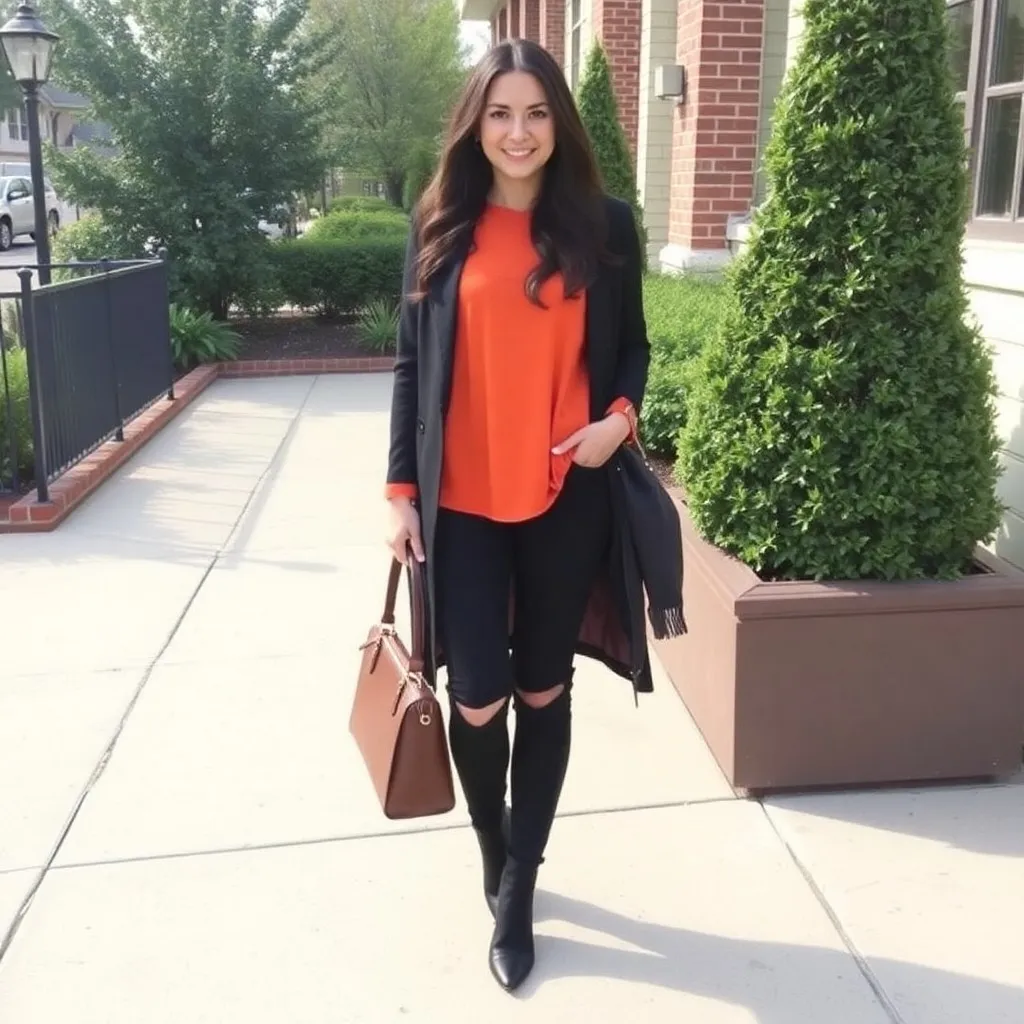
Dresses & Jumpsuits
Wrap dresses (knee or midi), sheath dresses with princess seams, and fit-and-flare silhouettes highlight your waist while keeping shoulders refined; choose dresses that nip in at the natural waist and fall clean over hips. Favor necklines like V or scoop to open the chest and avoid heavy shoulder details that widen the top. For fabrics, opt for crepe, ponte, or light-weight wool blends with 2–4% elastane so the dress skims—not squeezes—your curves.
- Wrap dresses (knee or midi) for instant balance.
- Sheath dresses with shaping seams to hug, not squeeze.
- Fit-and-flare styles that echo your waist-to-hip line.
- Jumpsuits with a tie belt or elasticated waist and straight or wide legs.
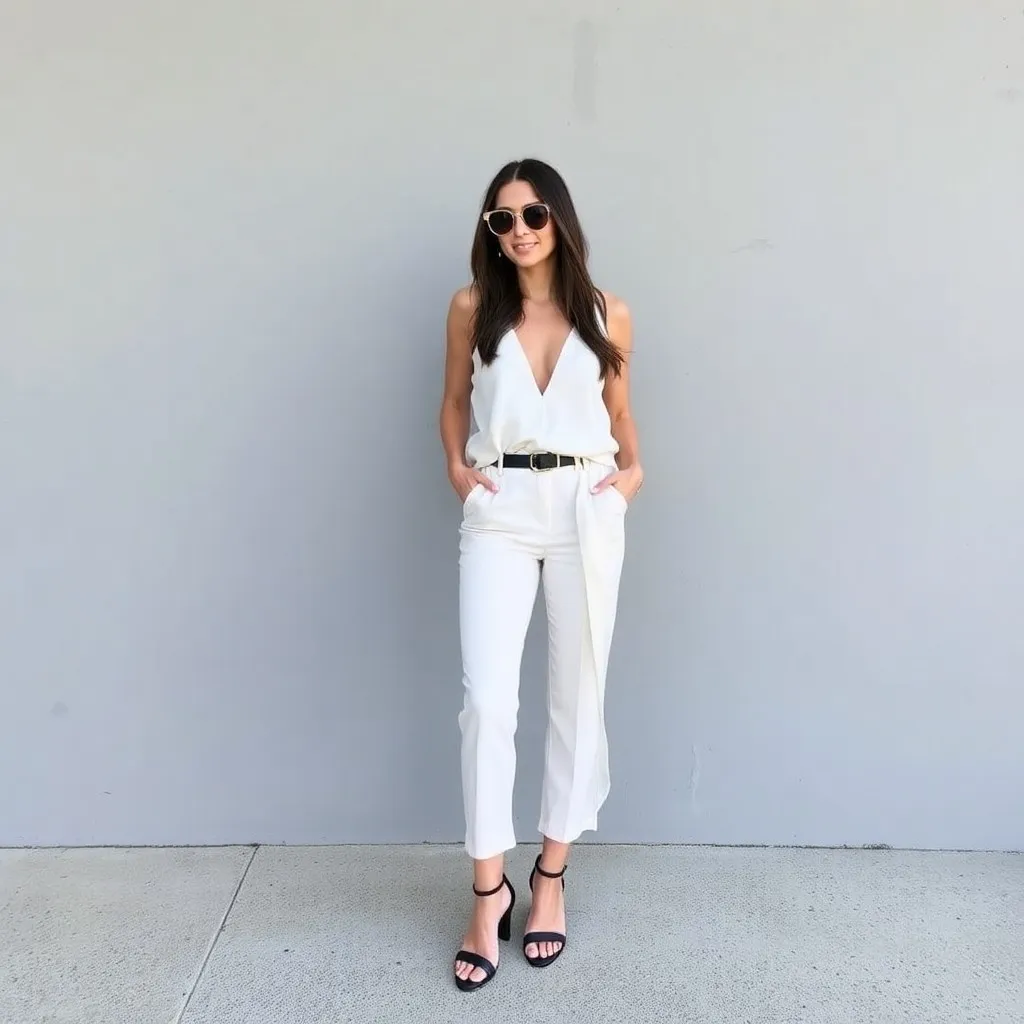
Bottoms
Lean into mid- and high-rise bottoms that meet your natural waist to maintain the inverted hourglass line. Choose cuts that skim the hip—straight, gentle wide-leg, or tailored silhouettes—to counterbalance a slightly broader upper body while keeping your waist visible. Avoid low-rise shapes that shorten the torso or heavy embellishment at the hip; instead prioritize clean seams and fabrics with light drape so your proportions read balanced and intentional.
- High-waisted pants that meet your natural waist.
- Pencil skirts with a back vent for movement.
- Straight, bootcut, or gentle wide-leg trousers to balance the top.
- Tailored denim (mid/high rise) with minimal whiskering.

Jackets & Layers
Lean toward structured pieces that frame your waist rather than hide it: single-breasted blazers, cropped jackets that hit at or above the waist, and belted coats that follow your natural line. Focus on clean seams, moderate shoulder shape, and fabrics that skim—think lightweight wool blends, cotton twills, and leather with a bit of give—to keep your silhouette balanced and polished.
- Tailored blazers with light shaping (single-breasted, one or two buttons).
- Cropped jackets that hit at or just above the waist.
- Belted coats to keep your curve line visible.
- Keep layers streamlined so they frame, not hide.
What to Avoid
Avoid garments that fight your natural lines: oversized, boxy pieces that swallow the waist, too-tight bodycon that pulls at seams or rides up, and outerwear with heavy shoulder padding that broadens your frame. Steer clear of low-rise bottoms that sit more than ~2 inches below your natural waist, since they shorten the midsection and undo the balance you’ve built with tailored tops and mid/high-rise trousers.
- Oversized, boxy pieces that swallow your waist.
- Too-tight bodycon that pulls at seams or rides up.
- Heavy shoulder padding that throws off balance.
- Low-rise bottoms that shorten the midsection.
Final Word / Conclusion
Your inverted hourglass shape is already beautifully balanced—so let your clothes follow those curves, not fight them. Show your waist with wraps, belts, and clean tailoring, then let mid- or high-rise bottoms finish the line. Keep layers neat and structured so they frame (not hide) your silhouette. Choose classic cuts in fabrics that skim, feel good, and move with you. When something almost fits, a little tailoring makes it perfect. Most of all, wear what feels comfortable—confidence is the detail that makes every outfit look effortless.
